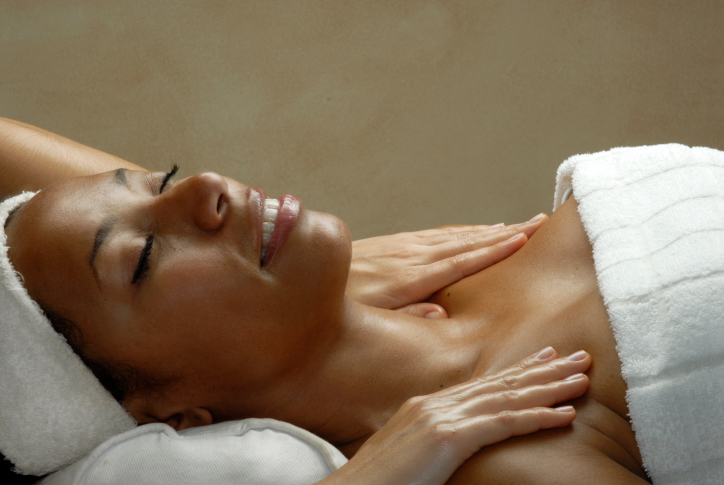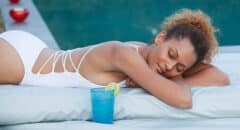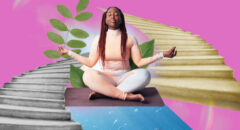 There are literally dozens of types of massages out there. One would think that all massages are made to feel good, but think again. Some massages, depending on your body and what your needs are, may not be right for you. Here is a list of various massages and how they can help you.
There are literally dozens of types of massages out there. One would think that all massages are made to feel good, but think again. Some massages, depending on your body and what your needs are, may not be right for you. Here is a list of various massages and how they can help you.
- Swedish massage is the most common type of massage in the United States. The therapists use long kneading strokes on superficial layers of muscles. This is a good massage for first timers.
- Deep-tissue massage targets deeper layers of muscles and is used for chronically painful, tight muscles. It’s not unusual to be sore for a day or two after a deep-tissue massage.
- Hot stone massage is when your body is not only weighted down with hot, smooth stones, but the masseuse also uses the stones to massage your body. It's best for releasing very tense muscles and relaxation
- Trigger point massage focuses on specific areas of the body, rather than massaging the whole body. In this technique, the therapist pinpoints exactly the "problem" muscle and coaxes it with deep pressure to relax.
- Shiatsu massage is an ancient technique from Japan. literally means "finger pressure". It combines gentle stretches with finger pressure to work on different pressure points. The idea is to fix imbalances in the flow of energy in your body. It's best for ailments such as headaches, back pain, and lack of energy.
- Thai massage works your entire body. It's one of the most invigorating types of massages, as the therapist rigorously manipulates your body, moving it into yoga-like stretches. It's good for improving energy, increased flexibility, and overall health.
- Sports massage is designed specifically for the very physically active (whether you're a professional athlete or not). It combines Swedish, Shiatsu, and other techniques to concentrate on the areas that are related to your sport. Athletes often get sports massages to prepare for peak performance, prevent injury, and also treat injury
Numerous benefits of massage have been scientifically proved. This age-old practice can actually:
- manages anxiety and depression by reducing the stress hormone cortisol and raising the levels of the neurotransmitters serotonin and dopamine
- eases migraine pain and is believed to ease PMS
- improves sleep by affecting delta waves in the brain, an important sleep component
- It also helps your outward appearance. It increases blood flow to the face, plumps up slack skin, encourages lymphatic drainage and adds vitality to a dull complexion and lackluster hair.
The effects of massage can also be cumulative, so if you can indulge on a regular basis, do. Your body will thank you. Massage can increase a person’s...
...range of motion, strengthen the immune system and provide an improved sense of well-being.
More Benefits
Sleep sweet - Fluctuations in several types of brain waves either relax you or wake you up. Massage increases delta waves -- those linked with deep sleep. That's why it's easy to drift off on the massage table.
Wake up the brain - A 15-minute chair massage can boost alertness. Tests also show that brain-wave activity stimulated by massage is linked to improved attention.
Colds be gone - Massage helps ward off bugs by boosting your "natural killer cells," the immune system's first line of defense against invading illness. Cortisol destroys natural killer cells, therefore, since massage decreases cortisol, your immune cells get a boost. Massage even seems to boost immunity in those people with severely compromised immune systems, such as breast-cancer patients.
Blues, be gone - Less cortisol and more serotonin and dopamine in your system may also mean less stress, anxiety, and depression. We know that the right side of the frontal lobe of the brain is more active when we're sad, and the left side's activated when we're happy. Studies have observed that massage decreases activity in the right lobe and increases functioning in the left. The well-being people feel after a massage is a big reason why some hospitals offer it to anxious patients preparing for surgery and cancer patients going through chemo.
Bye bye PMS - A small study of 24 women with severe PMS found that massage reduced symptoms such as pain, water retention, and mood swings. Try it with proven remedies such as exercise.








